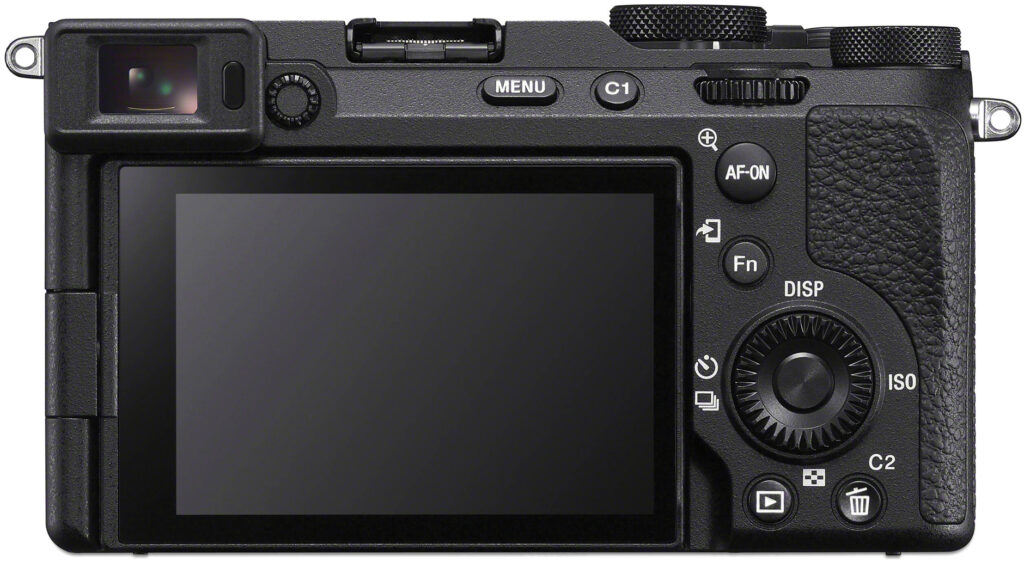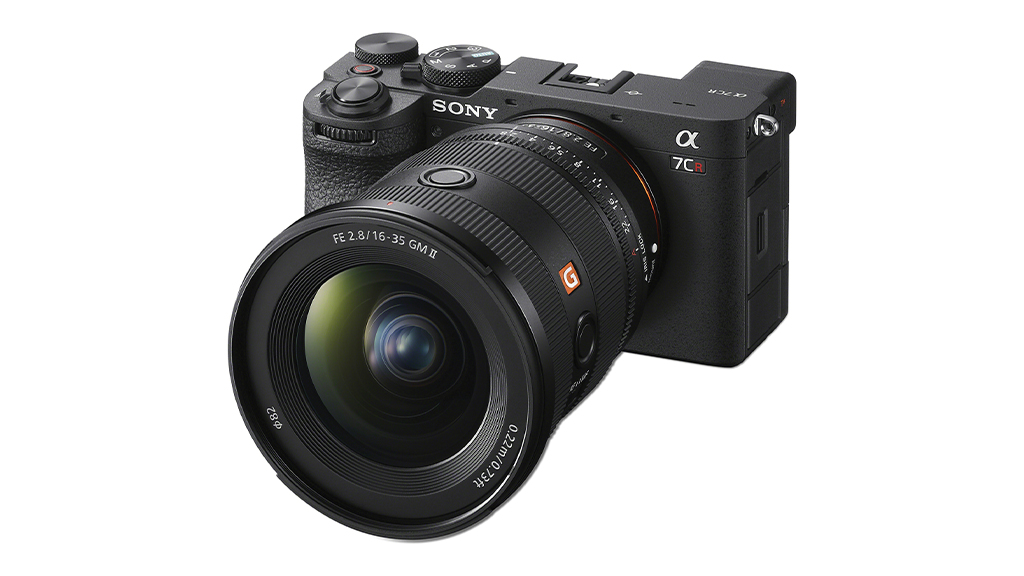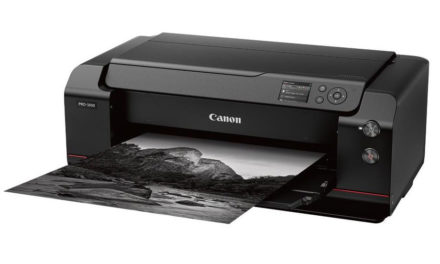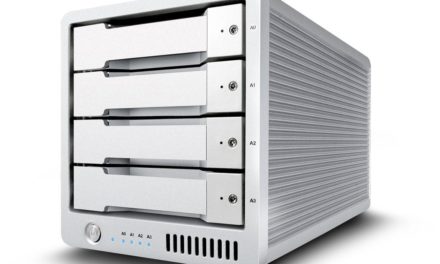High Resolution in a Compact, Lightweight Body
Review by Steve Baczewski
Sony’s compact, lightweight Alpha 7CR camera occupies an interesting niche in a world full of larger, mirrorless, full-frame cameras. Compact cameras are a different animal: They free us up and are meant to be held. The Alpha 7CR accomplishes this using 5-axis optical IBIS (In Body Image Stabilization) with 7 stops of gain. That’s a lot of room for hand-holding without worrying. I’ve been confidently capturing images at 1/15 and 1/8th sec and the files are tack sharp.
Reassuringly, the Alpha 7CR uses the same 61-megapixel (mp), full-frame, backlit CMOS sensor and processor as the Sony flagship Alpha 7R5. The only situation where it’s necessary to put the Alpha 7CR on a tripod is when in pixel-shift mode for capturing up to 16 images, resulting in a 240-mp resolution file.
The Alpha 7CR magnesium body feels solid, and composing with it is a pleasure. All the dials and buttons are nicely sized and customizable. Below the PASM dial is a switch for selecting stills, video, or slow/quick video recording. The function button gives you quick access to 12 customizable, frequently used features, such as metering mode, focus mode, JPEG file size, etc. Sony includes a textured grip extension for better handling and increased stability with longer lenses; however, I found the overall balance compromised using longer heavier lenses. This camera is designed to be used with smaller prime lenses and is best suited for landscapes, travel, or portrait photography. It’s not for sports.

It can shoot in bursts of up to 8 fps. The shutter button has just the right amount of resistance. The hybrid electronic/mechanical shutter goes from bulb to 1/4000 sec. The ISO range is 100–32,000 (expandable to 50–102,400). The fully articulated, 1.03 million-dot LCD makes composing at odd angles simple, and the 2.36 million-dot EVF at 0.7X magnification can be set at 60 or 120 fps for smooth viewing. Both the EVF and LCD are sadly missing the high-resolution quality of the EVF and LCD of the Alpha 7R5. At its price point, the Alpha 7CR should be better.
I found the touchscreen technology excellent—whether for scrolling menus, enlarging an image on playback, or moving the focus point—but I found it best for the ability to select features via onscreen touchable buttons. This includes the subject recognition system with its own separate AI processor. Detected subjects include: birds, animals, insects, airplanes, cars, and humans. It’s impressive how quickly the focus locks on and tracks whether the subject detected occupies a small or large area in the frame. The 61-mp sensor uses 693 fast-phase and contrast-detection autofocus points covering nearly the entire frame. I used the full, uncompressed, RAW, 61-mp format, but you can downsize to 26 or 15mp lossless, or to 26mp APS-C format.
As well as heavy lenses, there are a few other concessions because of the camera’s size that might add up, and end up being a deal breaker. One of them is that the Alpha 7CR has a single UHS-II memory card slot, and it doesn’t support the fast CF express Type A card. The reassurance of a second card slot for extended image capture or simultaneous backup is lost. The Alpha 7CR also lacks an all-purpose joystick control. While the touchscreen helps navigate the menus, the menus remain too long and too vast, and many of the menu names defy logic and are inexplicable.
Despite the criticism, I enjoy using the Sony Alpha 7CR. File quality is the same as the Alpha 7R5, packed with highlight and shadow detail, with a dynamic range that leaves little to be desired. I’ve made several 24×30″ prints from cropped files that leave me with a smile on my face.






